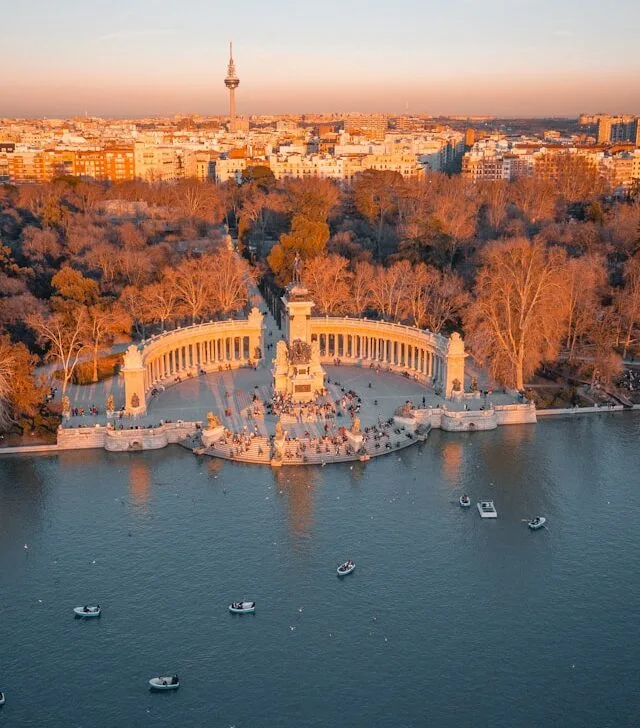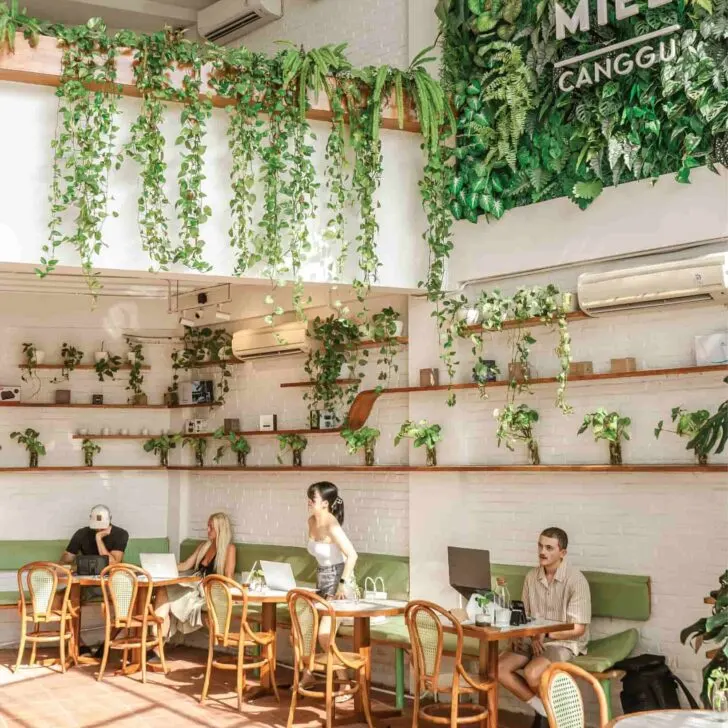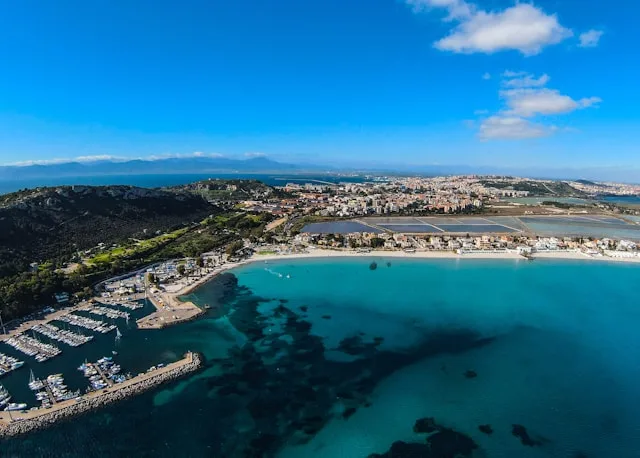We may receive a commission if you make purchases through affiliate links (at no extra cost to you). Read why our approach to travel is different.
With miles of sandy beaches, the crystal clear waters of the Mediterranean and archaeological wonders, travelers from far and wide have long had a love affair with Cyprus. Most of those travelers will lay their heads in the beach resorts of the south, never even considering crossing the border in Cyprus. Because behind its glossy exterior, this small island nation has had anything but an easy ride. Inhabited by Cypriots of both Turkish and Greek decent, there has always been a cultural divide.
Part of the Ottoman Empire for over 300 years, Cyprus became a British protectorate in 1914. The majority of Turkish Cypriots were quite happy with British rule, but Greek Cypriots, along with the Greek government, wanted an independent Cyprus. A referendum in 1950 paved the way for exactly that. Ten years later, the Republic of Cyprus was born, although the British did (and do still) retain two Sovereign Base Areas (Akrotiri and Dhekelia) on the island.
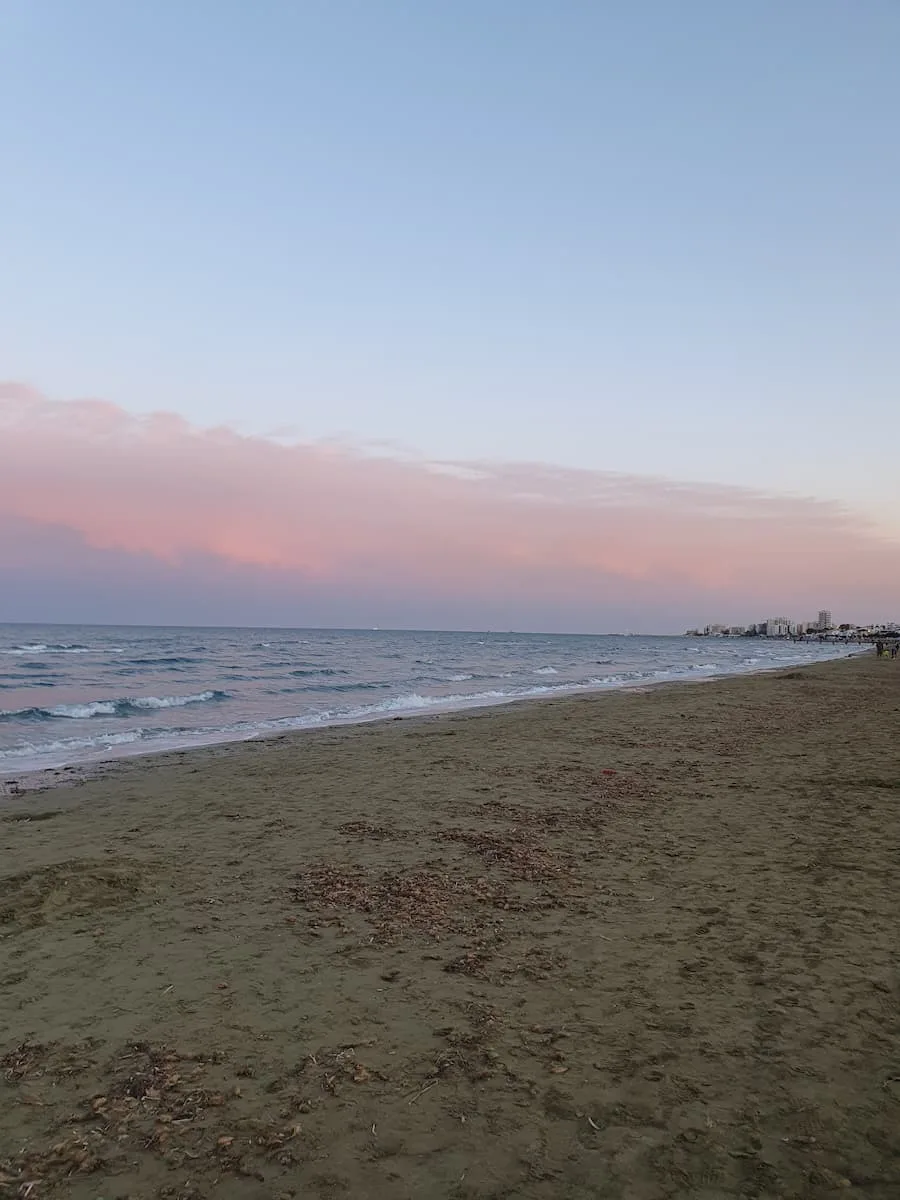
Sadly, the newly independent country was fraught with scandals and crises which only worsened the Greco-Turkish divide. In 1974, a Greek-led coup d’état attempting to unify Cyprus with Greece led to all out war. During the fighting, Türkiye gained control of the north of the island and have simply never given it back.
Whilst the whole island is officially part of the Republic of Cyprus, the Turkish-occupied north is, in Türkiye’s eyes, its own country. The Turkish Republic of Northern Cyprus covers around 36% of Cypriot soil, is home to over 382,000 people and as far as the rest of the world are concerned, doesn’t exist.
Skip to...
Why Visit Northern Cyprus
The main answer to this question is a simple one. If you’re a travel aficionado, the chance to visit a country which doesn’t exist is too good an opportunity to miss. If you’re not a travel aficionado, you wouldn’t be reading this blog.
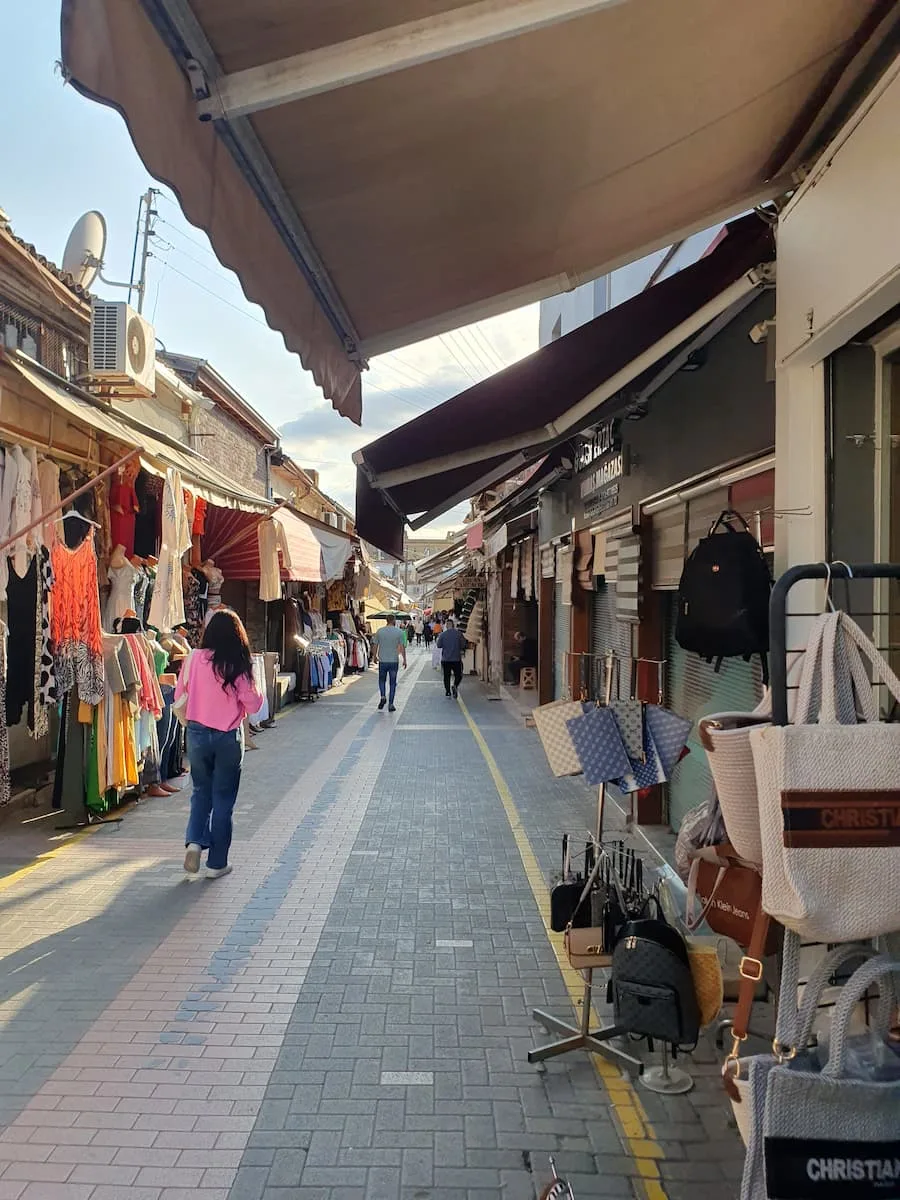
Then, of course, there’s the fact that Northern Cyprus is home to some of the island’s most interesting sights. North Nicosia’s walled old city is perfect for aimless strolls; ancient Famagusta is a must for Shakespeare fans and Girne’s dreamlike beaches are a sun-bathing hotspot.
And last but not least, there’s the chance to sample authentic Turkish food. I’m biased here, but I think Turkish cuisine is some of the best in the world, second only to the culinary delights of Georgia. Dine al-fresco in North Nicosia, or grab a table by with a sea view in Famagusta or Girne and gorge on pide and kebabs of all shapes and sizes.
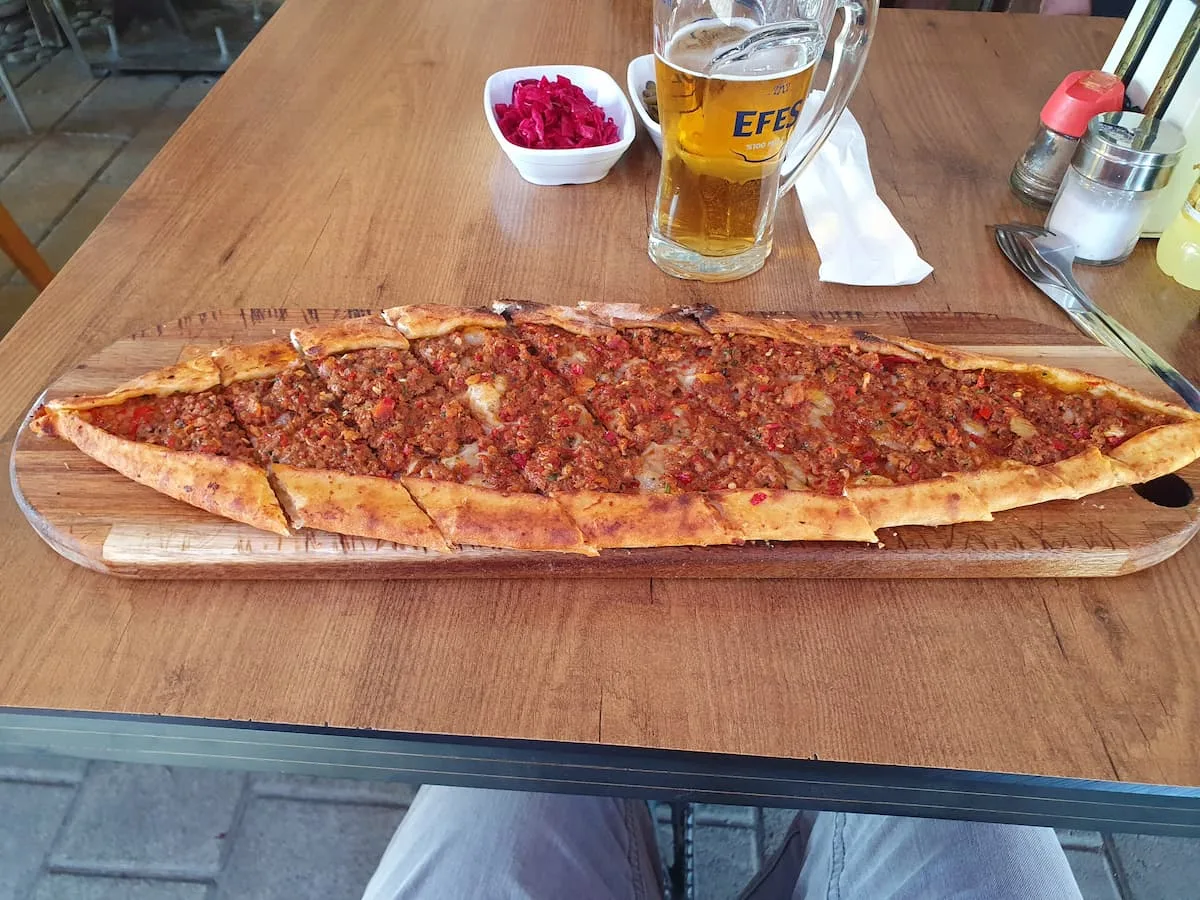
Is Crossing the Border in Cyprus Safe?
This is possibly the easiest question ever to answer: a resounding yes. Whilst British troops and UN peacekeepers maintain a presence in Cyprus, the fifty-year old ceasefire is still holding up. A 120-mile long UN-patrolled buffer zone separates the two countries and occasional tensions are quickly dealt with.
Practicalities of Crossing the Border in Cyprus
Crossing the border in Cyprus is a hassle free experience. Almost all travelers are eligible for visa-free entry to the Turkish Republic of Northern Cyprus. All you need is your passport. You’ll go through passport control twice; first to leave the Republic of Cyprus, then again to enter the Turkish Republic. Border officials typically don’t stamp your passport on either side. If crossing by car, you may also be subject to a customs inspection as Northern Cyprus is not part of the European Union.

To make matters even easier, although the Turkish Lira is the official currency of Northern Cyprus, Euros are widely accepted. If you’re planning on crossing the border in Cyprus in Nicosia and spend your time in North Nicosia’s old town, there’s no need to exchange money at all. If you do wish to carry some Lira just in case, there are plenty of bureau de changes close to the border crossings. ATMs are also widely available and accept international cards.
Just as in the Republic of Cyprus, English is widely spoken. A remnant from the British occupation, the entire island drives on the left. It is worth noting, however, that the majority of car rental agencies in the Republic do not allow crossing the border in Cyprus in their cars.
Instead of taking your car across the border, it’s easier to cross on foot and use public transport. Taxis are readily available and fairly inexpensive. Alternatively, local buses connect all the major settlements with frequent departures from North Nicosia. They don’t follow timetables and operate more like the marshrutkas of former Soviet bloc countries.
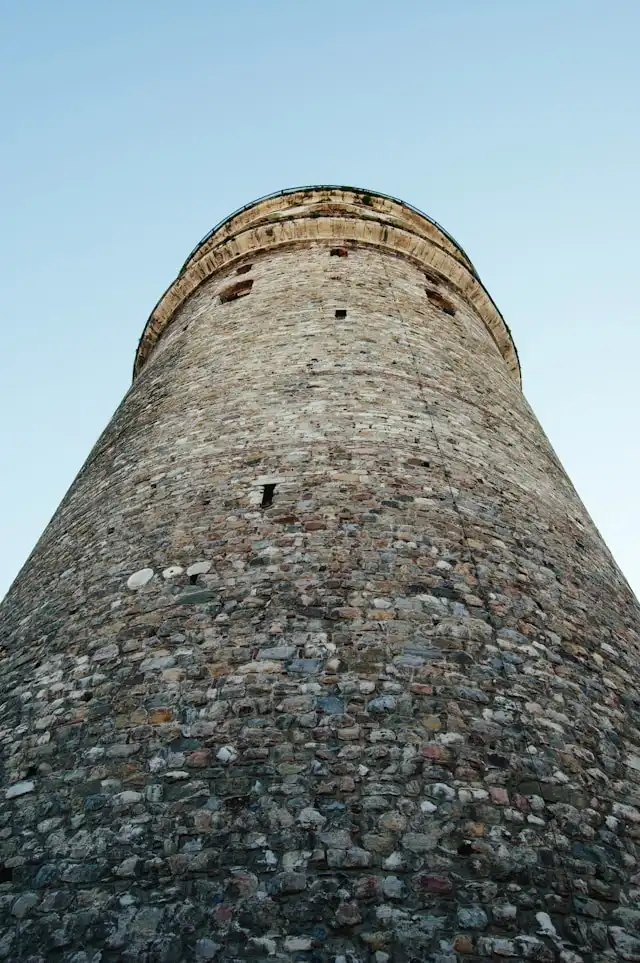
For an even easier experience, consider joining a day trip for crossing the border in Cyprus. Tours are available from most major cities, including Paphos, Aiya Napa and Limassol.
Where to Cross the Border
The most popular spot with visitors crossing the border in Cyprus is Ledra Street in Nicosia. It’s central location, ten minutes’ walk from Nicosia bus station, is perfect for taking a day trip to Northern Cyprus. The Ledra Street crossing is open 24 hours a day and crossing is extremely quick and easy.

The Ledra Street crossing only caters for pedestrians, so if you are crossing the border in Cyprus with a vehicle, you’ll need to use an alternative border point. In Nicosia, the best option is the Agios Dometios checkpoint. For those crossing from the Larnaca area, Pergamos Checkpoint is the closest. If you’re staying in Aiya Napa or Paralimni, you can cross the border to Famagusta at Deryneia. This crossing point has recently reopened to pedestrians as well as vehicles.
Crossing the Border in Cyprus from North to South
If you’ve crossed the border from south to north, you’ll go through exactly the same process in reverse on your return. However, if you’ve started your trip in the Turkish Republic of Northern Cyprus, you will likely encounter problems trying to cross to the Republic.
Cypriot authorities consider it illegal to enter Cyprus through Northern Cyprus. Therefore, even if you plan to spend most of your time in the Turkish Republic, it pays to enter Cyprus via one of the ports or airports in the south (Larnaca, Paphos or Limassol). Exceptions apply to Turkish Cypriots.
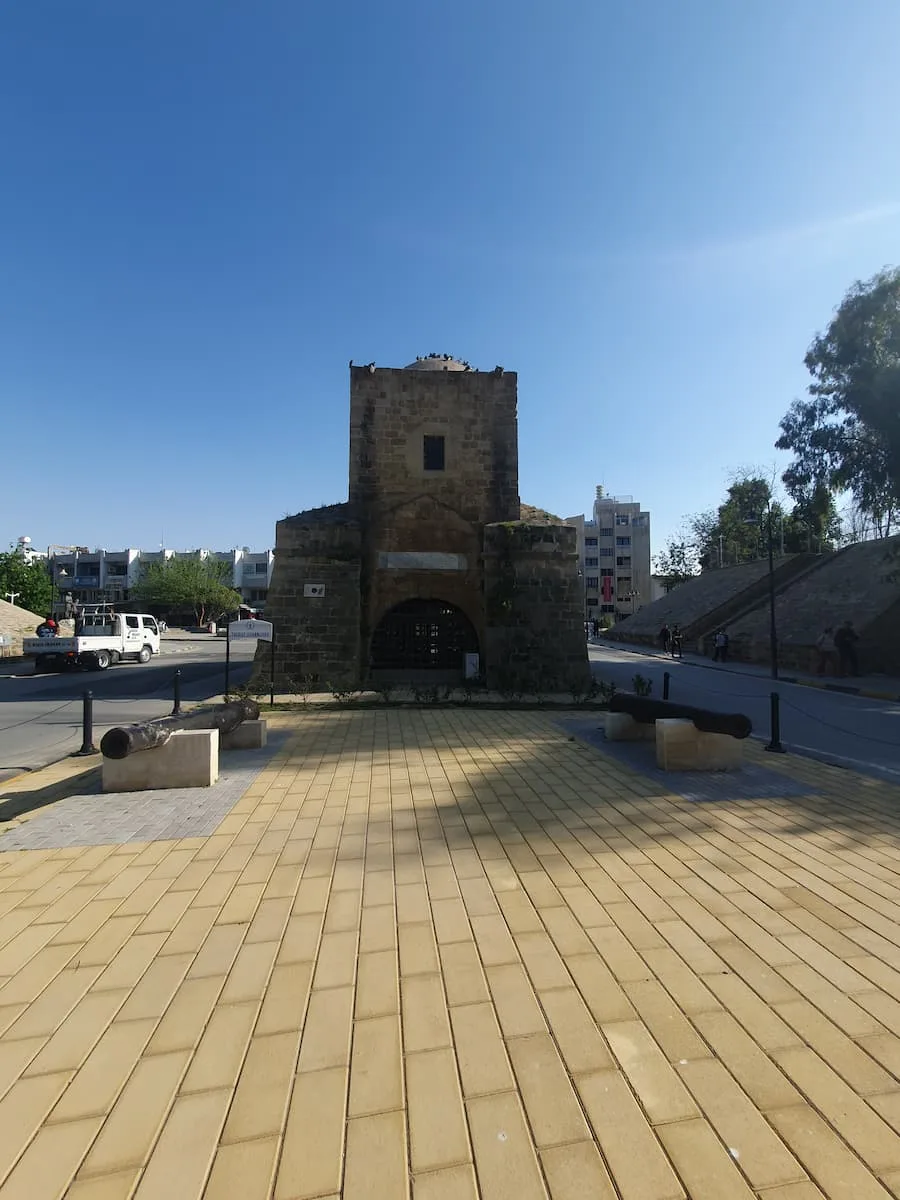
If you are planning on spending the entirety of your trip in the north, without crossing the border in Cyprus at all, it is possible to fly straight in to Northern Cyprus. Ercan Airport is the country’s only airport and is served exclusively by Turkish airlines from destinations in mainland Türkiye.
Top Sights in Northern Cyprus
Although crossing the border in Cyprus is an experience in itself, it’s a good idea to have an idea of the places you want to see whilst there. These are our pick of Northern Cyprus’ top spots.
North Nicosia
Aside from admiring the Medieval buildings as you stroll through the cobbled passageways, make time to explore Lusignan House. Now a museum, the mansion was built in the 15th century to serve as a home for visiting Latin nobles. It fell into disrepair whilst in use as a private home, but in 1958 was handed over to the Cypriot government who restored it to its former glory.
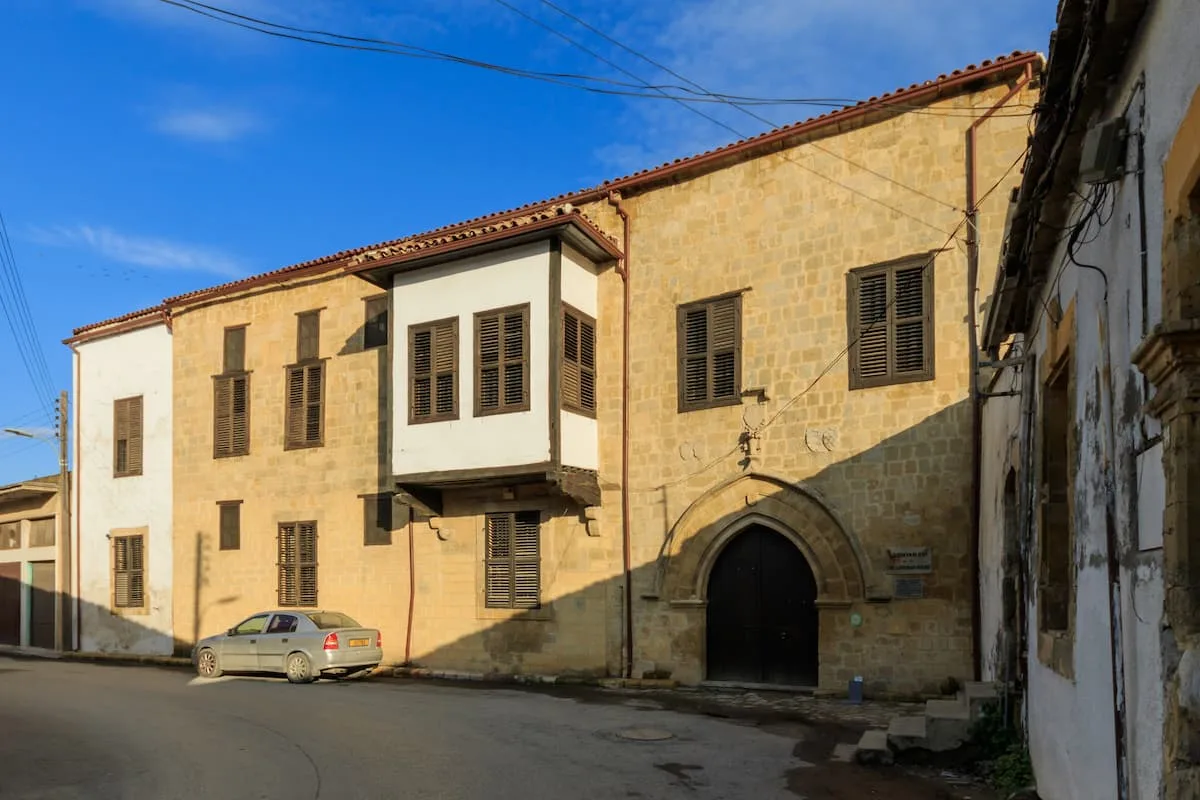
Also worthy of a visit is Selimiye Mosque, a beautiful Gothic cathedral repurposed as a mosque during Ottoman rule. North Nicosia’s focal point, Ataturk Square, is home to an Ottoman fountain and a Venetian column dating back to 1915.
Girne
The beaches are Girne’s main draw, but its enormous Venetian castle is an absolute must-see. Thought to date back as far as the 11th century, the castle has many times been Cyprus’ first line of defence. It’s now home to a fascinating history museum along with a shipwreck museum, containing the wreckage of a Greek Merchant ship which sank in 294 BC. It was discovered by fluke during a winter storm in 1965.
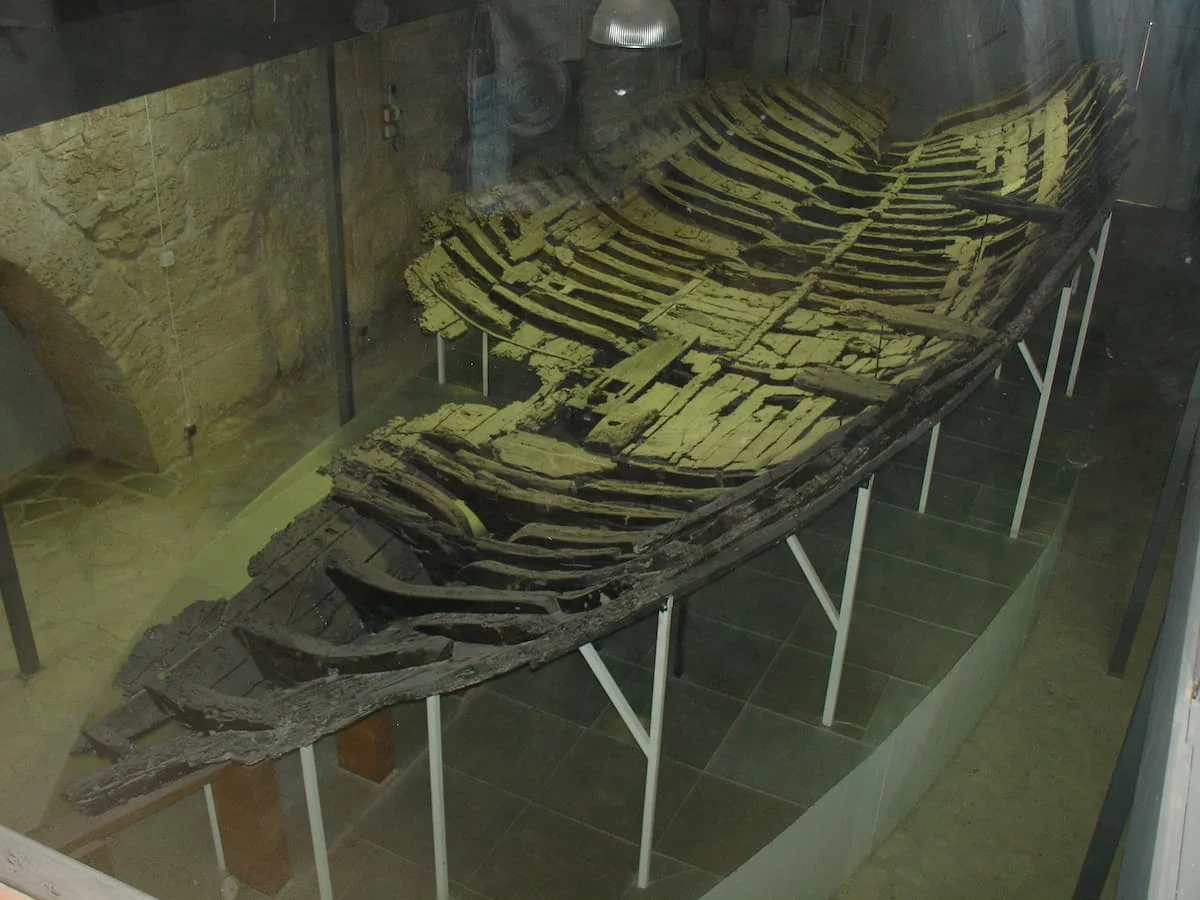
Famagusta
The Othello Castle is Famagusta’s must see. Built in the 14th century, it served as the main entrance to the ancient walled city. During your time in Famagusta, make sure you pay a visit to the ghost town of Varosha. Before the war, Varosha was Cyprus’ top tourist destination. Abandoned for over fifty years, it was only in 2017 that civilians were allowed to visit once more.
Another Famagusta highlight, the Canbulat Museum is well worth a visit. Home to the tomb of Canubalat, the commander during an Ottoman siege in the 16th century, it tells the story of how Cyprus came to be part of the Ottoman Empire.
Share This Article

Traveling soon? Subscribe to The Insight below and get exclusive access to our personalized travel advice community via WhatsApp so you can ask all your burning travel questions.
Looking for the best comprehensive travel insurance? SafetyWing has you covered.
And for your eSIM in every country, there is only one option we recommend: Airalo.
Read more of our best insights from around the world

